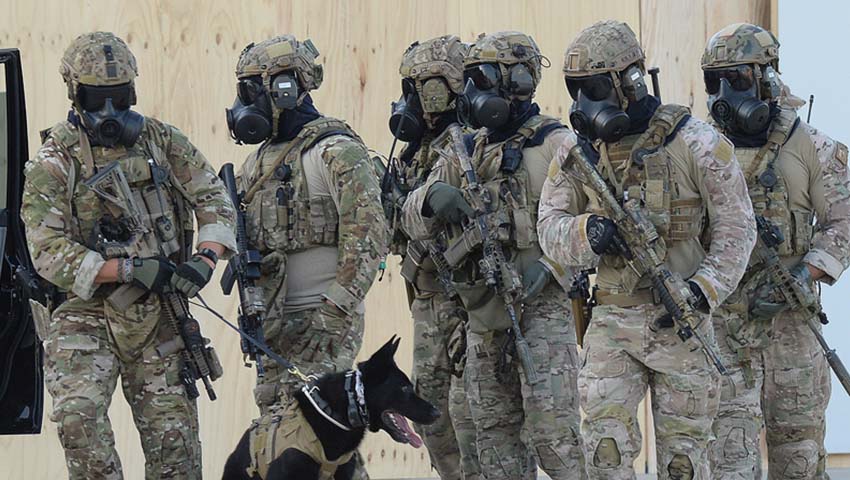The Defence Innovation Network has announced a grant program of up to $200,000 of funding to support collaboration between member universities, industry and Defence to resolve a number of Defence requirements.
To continue reading the rest of this article, please log in.
Create free account to get unlimited news articles and more!
The DIN Pilot Project funding scheme is an annual, competitive program that supports cross-discipline university collaboration in NSW. The key objective of the DIN Pilot Projects is to conduct a rapid feasibility study on new ideas for Defence and develop these ideas into concept or technology that can attract further investment from the government or industry.
Pilot Projects should demonstrate high potential to satisfy an existing or emerging Defence capability need or an existing or emerging defence industry need.
Problem statements, which serve as a basis for a call-out for proposals, are sourced from industry or Defence.
All applicants are expected to communicate with their university co-ordinators before the submission to ensure optimum visibility and progress on their application.
Currently, DIN is seeking pilot program applications for a number of key problem statements, including:
- Technology for breaching glass obstacles: Defence needs this capability to provide effective and accurate sniper fire; to enable the bullet to reach its target unobstructed and the sniper to maintain a clear aim. This requires the complete removal of the glass obstacle or the partial reduction through a small-diameter hole at least 45 centimetres in diameter. This allows a concealed sniper team a clear line of sight to a target to allow a bullet to travel unobstructed while also allowing clear observation through the sniper scope.
- Sensors for military working dogs (MWD): As a MWD exhibits high drive to work itself to exhaustion, it is important for a handler to understand the MWD’s physiological status. This can be exacerbated when the handler is multi-tasked in a distracted and chaotic combat environment. No integrated method currently exists to monitor the health of a MWD.
- RAUAV Systems for recognition of human voice: Intelligence collection and surveillance techniques are essential for allowing hostage recovery forces to act with precision. An RAUAV with the ability to use variably focused laser vibrometry would allow for reconnaissance missions to be flown in built-up urban areas to “listen” to internal spaces for hostages or hostage-takers, and to help understand the context of their conditions.
- In-vitro lung system: Establishing a more physiologically-relevant in-vitro lung system is required to enable the assessment of inhalational chemical and biological (CB) hazards and their respective medical countermeasures. This will reduce (or ideally, eliminate) animal demand from all partner entities and nations while providing a regulatory assessment tool to progress the broader development of medical countermeasures against to protect military, first responders and civilian personnel health from inhalational CB hazards.
- Mine countermeasures: Mine countermeasures is one of the most difficult and time-consuming missions for navies to successfully execute. In terms of availability, variety, cost-effectiveness, ease of deployment and potential impact on naval expeditionary operations, mines are some of the most attractive weapons available to any adversary determined to prevent joint or coalition forces from achieving access to sea lines of communications or the littorals.
Applicants are expected to get in touch with the problem originator, during the proposal drafting stage, to ensure the clarity of the objectives of the problem and alignment with end-user requirements.
Application for the DIN Pilot Project grant is a one-stage process. Proposals should be submitted to

 Login
Login






